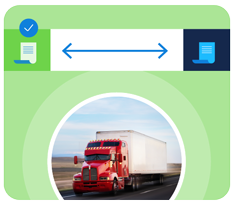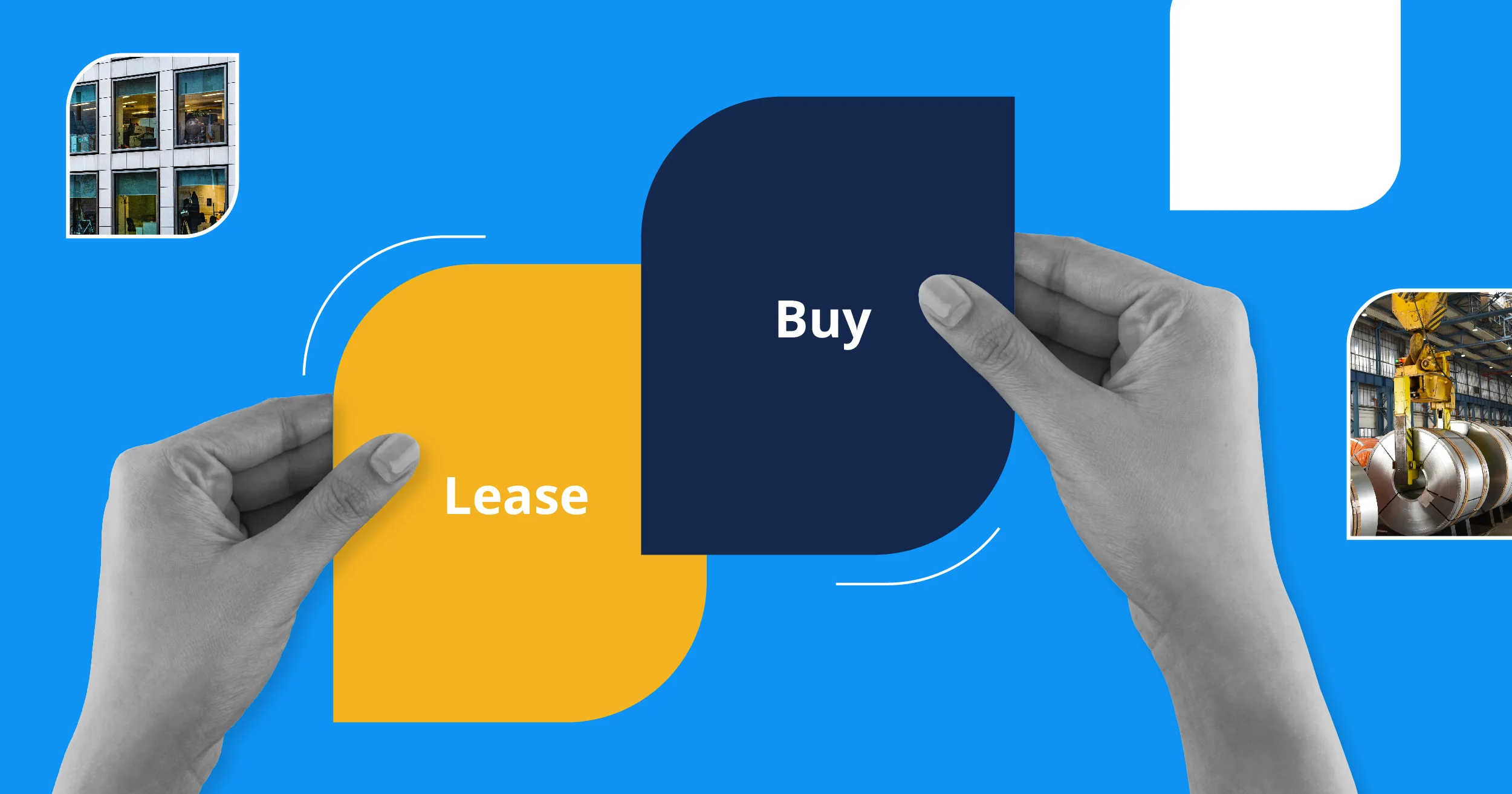What happens when your organization needs to replace or upgrade equipment? That decision could involve material handling vehicles, medical devices, or another critical tool to keep your organization on track. The first question everyone asks is whether to lease or buy those assets. This significant choice requires thorough consideration, as each option offers unique advantages and limitations. Performing a lease vs buy analysis and calculating ROI is vital to understanding these differences, as well as ensuring you have a management system in place around the process. It’s essential to evaluate how each choice impacts your cash flow, the potential tax benefits, its effect on your financial statements, and the degree of adaptability you’ll have amidst market changes.
This decision isn’t just about your current business needs; it’s about strategic planning and ongoing management for future success. Carefully examining all the benefits and drawbacks will guide you to a choice that best aligns with your organization’s needs and future direction.
When to lease or buy an asset
When you’re looking at leasing or buying assets for your business, there are a couple of key things to keep in mind. First off, pay attention to the Weighted Average Cost of Capital, or WACC. This is a fancy way of saying you need to look at how much it would cost to fund asset acquisitions, whether buying outright or leasing it. This rate helps you figure out if you’re getting a good deal on your lease.
Then there’s the matter of how long you’re leasing for and what kind of lease you’re choosing. Shorter leases can be great because they’re flexible; you can change or upgrade your equipment without too much hassle. But they might cost you more in periodic payments. On the flip side, longer leases could save you money, but you might be stuck with the same equipment for a while. Also, think about whether you want an operating lease, which is like renting, or a finance lease, which is more like a financed purchase. Operating leases are good for stuff you want to update regularly, while finance leases are better for things you plan to use for a long time. In the end, it’s all about what works best for your business’s needs and goals.
Factors to consider when deciding to lease or buy
When deciding when to lease vs. buy in a corporate setting, consider these key factors:
- Cost analysis: Compare total costs over the asset’s life, including upfront, maintenance, as well as net cost or amount realized when disposing of the asset at end of life.
- Cash flow: Assess the impact on immediate financial liquidity. Leasing often requires less upfront cash as well as over time.
- Tax implications: Understand different tax outcomes. Leasing may allow expense deductions while buying offers depreciation benefits.
- Asset depreciation: Consider the asset’s value loss, especially important in rapidly innovating technology assets.
- Flexibility needs: Determine if frequent upgrades or changes in equipment or emissions reductions are warranted. Leasing typically offers greater flexibility.
- End-of-term: Consider how likely you are to return the asset on time and analyze different lease time horizons vs a purchase before making a decision.
Why prefer leasing over buying?
There’s a lot to consider with leasing. It’s kind of like opting for the flexible path. Upfront costs can be lower, which is a big help, especially when budgets are tight. And then there’s the tech aspect—you know how tech could change almost overnight? Leasing lets you keep up with the latest and most energy-efficient without huge investments. It’s a smart move for gear that loses value quickly. Plus, it frees up your cash for other priorities, like expanding or investing in new projects. Also, lessors, especially captive lessors affiliated with manufacturers are best equipped to recycle used assets as they come off lease. So, in a nutshell, leasing can be a savvy choice for staying current and financially nimble.
Track and manage decisions
If you’ve decided to lease that equipment, you’ll want to keep an audit record of the lease versus buy analysis, as well as track the asset through the lease lifecycle. If the assets were leased, did you return them on time? Did they go into evergreen, which changes the assumptions for the next decision? Did you return them early to take advantage of a technology refresh or net-zero incentive? Which departments lease or buy certain asset classes most often? Should that behavior change? A lease vs. buy management system can help you answer these questions and more while ensuring that all decisions are using the centrally mandated policies and guidelines from the Treasury.
Transform the way you lease from the start
LeaseAccelerator offers a comprehensive and automated lease management solution. Including fast setup, built-in compliance, and a variety of reporting tools, it is perfectly aligned with the need for centralized decision-making, governance, and corporate policy adherence, coupled with a decentralized asset owner/user community. With capabilities for detailed lease classification, policy elections, and support for various fiscal calendars, LeaseAccelerator is an essential tool for companies looking to enhance their leasing strategies, ensuring efficiency, compliance, and strategic alignment in managing equipment and real estate assets. Discover how LeaseAccelerator can revolutionize your leasing strategy—schedule a demo today.







